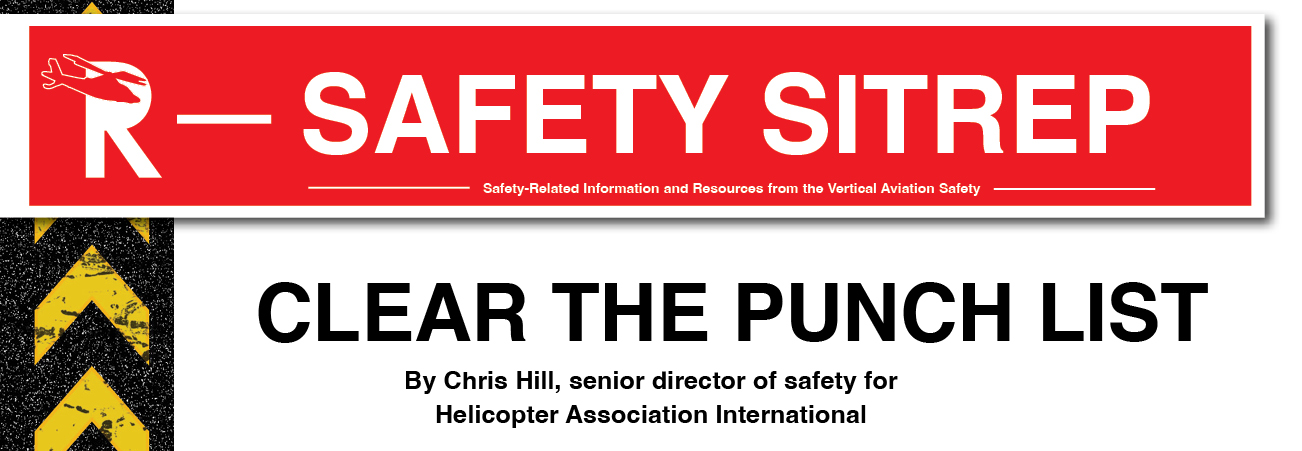|
May
27
2024
|
|
Posted 1 years 235 days ago ago by Admin
|
|

By Chris Hill
When a fatal aviation accident occurs, the tragedy takes a terrible toll on more lives than one can imagine. Not only are the lives of the victims lost, but the collateral damage heaped on hundreds of family members, friends, coworkers, and industry stakeholders is similarly devastating. Meanwhile, the in-depth and arduous efforts of the NTSB, FAA, involved parties, and other global aviation accident investigators have just begun. Their work comprises thousands of hours of investigating, interviewing, researching, and documenting the fruits of their efforts in a preliminary and final report. A report focused on telling us what happened, why, and how we can prevent it from happening again. The prevention component may include targeted recommendations emphasizing more urgent or critical actions that should take place to avoid a repeat event or address other deficiencies discovered during the investigation.
When referring to his agency’s work, NTSB Member Michael Graham states, “When a tragic accident occurs, the NTSB not only determines what happened, but also issues safety recommendations to both industry stakeholders and regulators. We strongly believe that if these recommendations are implemented, similar accidents will not occur.” Graham continues, “It’s the collective responsibility of the industry to learn the safety lessons from these tragedies and to proactively ensure the highest degree of safety necessary to protect their people, customers, and operation.”
As of this writing, 64 NTSB rotorcraft accident investigation recommendations linked to 12 accidents remain open—the oldest dating back to 2004. Given the number of open recommendations, one might wonder if the work of our accident investigators is getting the attention it deserves.
While it is impossible to appreciate all of the factors preventing the closure of open recommendations, including much of the background work well underway, I submit that we can do more to help.
Try managing the morale of a committed workforce that sees some of the most critical components of their work delayed, shelved or rejected. Are some of their recommendations dismissed for being too onerous, costly or disruptive to our aviation industry? Yes. I get it; not every recommendation is viable in our perpetually resource-constrained world, but we must collaborate more with critical stakeholders to achieve transparent and defensible solutions when possible. While the FAA is the recurring target of many open recommendations, the decisions and resources required for resolution may reside well beyond the direct control of the FAA.
I applaud the dedicated public servants and countless other contributors participating in each accident investigation. They go into each with clear-eyed objectives: to find out why an accident happened, and then to tell us how to prevent that accident from happening again. But once the “why” is discovered, are we too often content to move on and return to business as usual? Isn’t the second part, the recommendations that could stop a repeat event, potentially far more important?
Our inability to promptly address open recommendations, particularly those linked to fatal accident precursors, is a regrettable flaw in our bureaucratic system. Others may point fingers and judge this backlog of unfinished business more harshly. However, a culture of blame is unproductive and does nothing to address the underlying issue.
Perhaps it’s oversimplifying, but I suggest a renewed focus. We should manage our open NTSB recommendations like a critical punch list that our industry should work together to clear.
“We must openly collaborate to achieve a final disposition for open NTSB recommendations,” says Vertical Aviation International (VAI) President and CEO James Viola. He continues, “While every recommendation may not be 100% feasible as presently written, we can do more to indicate what is indeed possible and secure the critical resources needed to make it happen.”
Our past President and CEO, the late Matt Zaccaro, gave me one core message: Be a bulldog. Don’t be shy about taking on the most challenging tasks if they can move the safety needle in the right direction. Advocating for more transparency, meaningful action, and appropriate resolution of the backlog of open recommendations is a righteous endeavor. I pledge my support and look forward to joining with my VAI colleagues, the US Helicopter Safety Team (USHST), Vertical Aviation Safety Team (VAST), and other dedicated stakeholders to develop viable solutions to help make this happen.
Who’s with me?
[note my new email address: [email protected]]
To review valuable information based on several rotorcraft accident investigations, findings and recommendations, check out the FAA Lessons Learned Library Dashboard.
READ MORE ROTOR PRO: https://justhelicopters.com/Magazine
WATCH ROTOR PRO YOUTUBE CHANNEL: https://buff.ly/3Md0T3y
You can also find us on
Instagram - https://www.instagram.com/rotorpro1
Facebook - https://www.facebook.com/rotorpro1
Twitter - https://twitter.com/justhelicopters
LinkedIn - https://www.linkedin.com/company/rotorpro1